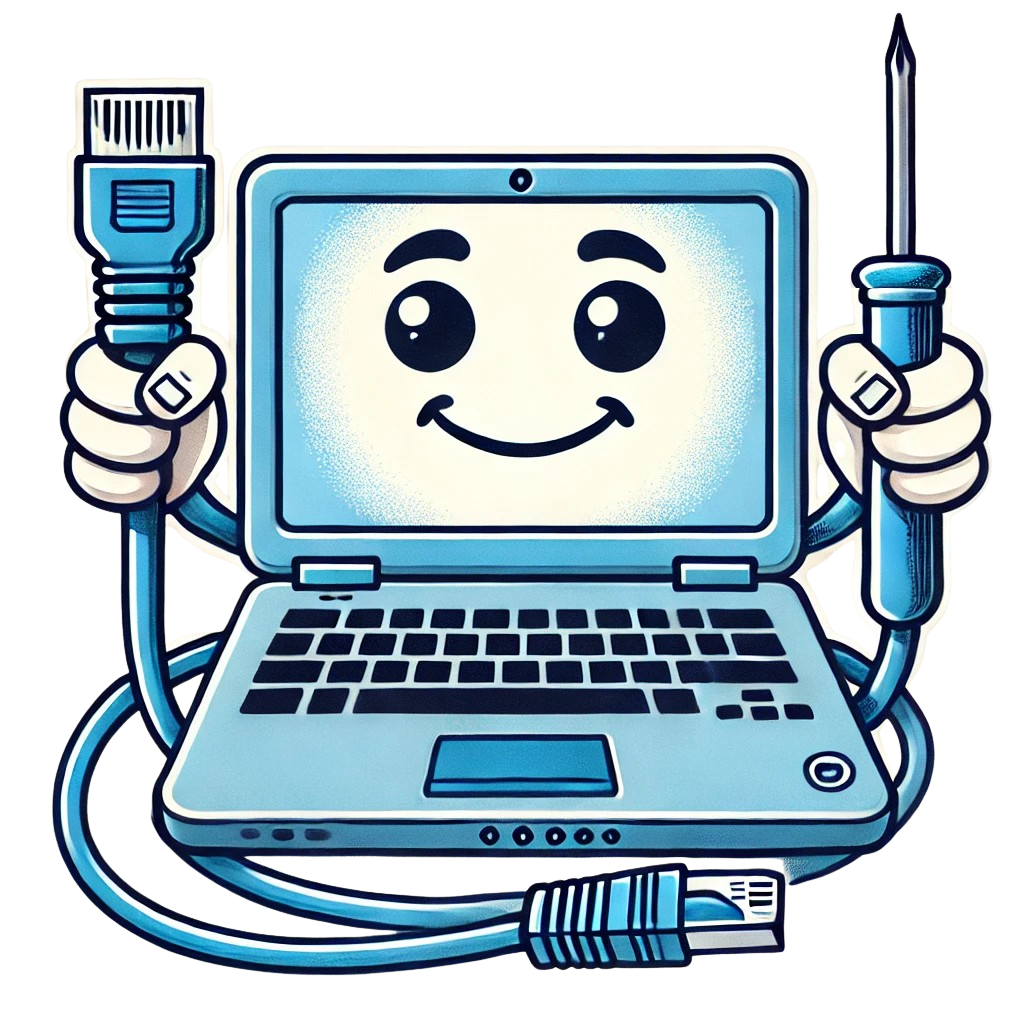Big data is an intriguing concept. It’s often seen as the cornerstone of modern technological advancement, which is somewhat mysterious and complex. Yes, it’s a buzzword that continues its on-going tour in tech world, but what exactly does it mean? Let’s break it down into simpler terms, narrate interesting stories and serve you with practical wisdom.
Imagine you’re in a busy market full of vendors, each selling their far-fetched assortment of goods. There’s so much going on around you that it’s hard to keep track. Now picture the internet as this colossal digital market, with ceaseless exchanges of information happening every split second. That gigantic pool of information, my friend, is what we call ‘Big Data.’
The volumes are so large that we aren’t talking gigabytes or terabytes anymore, but petabytes and exabytes. It’s much like counting stars in the sky, seemingly impossible but fascinating. However, for professionals in the IT world, big data is more than just volume or size, it’s about variety and velocity. It may include numbers, text, images, audio, video and more; flowing from a multitude of sources at a speed, which if I may put into perspective, is equivalent to Snapchat users sharing 527,760 photos in one minute.
But why is big data a big deal? You see, more information means better decision-making, which leads to higher productivity and growth. For instance, Netflix uses big data to tailor recommendations based on viewer’s tastes, watching habits, or the time of the day. By analyzing these factors, they improve user experience and retain their customers.
However, the real value is not in gathering the data, but in translating that data into insights. Like finding a needle in a haystack, it requires specialized skills, tools like Hadoop or Spark, and not to forget – patience. Imagine having a teacher who can not only answer your questions but also tell you why you even asked those questions and predict what you might ask next. That’s the power of data analysis.
Let’s look at a more practical, humanitarian example. The Global Fishing Watch uses big data to monitor fishing activities to curb overfishing and protect marine biodiversity. An admirable implementation of big data to combat an ecological problem, isn’t it?
Also, let’s touch upon the growing concern of privacy in the digital environment. Big data can feel intimidating because it involves tracking and compiling personal information on a large scale. As we continue to digitize our lives, data ethics is a crucial consideration, and the tech world needs to respect privacy rights and navigate this landscape with transparency and responsibility.
In conclusion, big data is not just an IT revolution—it’s a whole new language that’s broadening horizons and reshaping the future. It’s like learning to interpret intricate patterns in a captivating mosaic or a symphony, with each data point playing a critical part. So next time when you read or hear about ‘big data,’ think of it not as inexplicable jargon but as a fascinating ensemble of digital happenings, making our world smarter, everyday.
It might seem daunting at first, but when we chip away at the facade of complexity, we uncover a tale of endless possibilities. Go forth and be curious – who knows, you may be the next person to translate big data into big ideas!

Leave a Reply